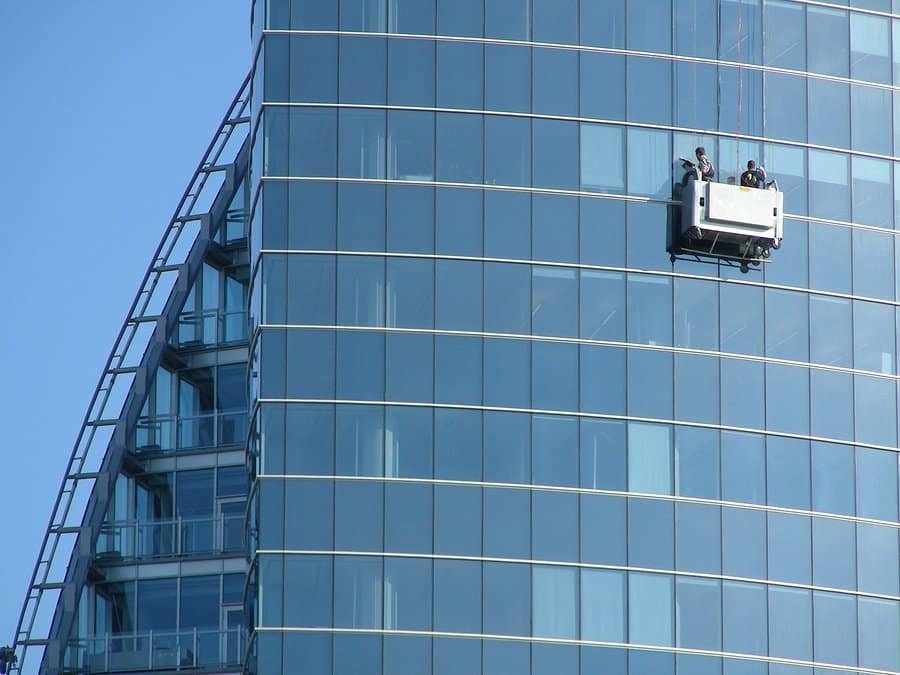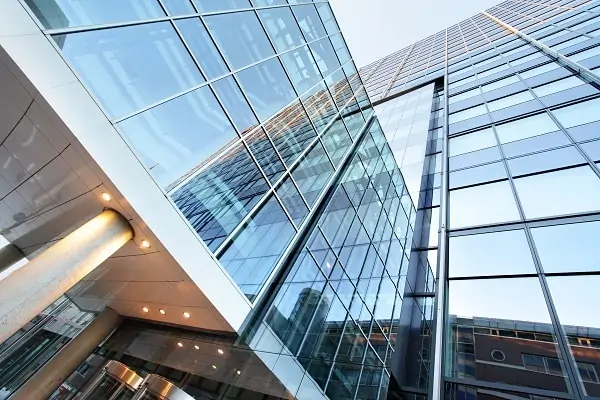Glass, an integral element of modern architecture, seamlessly blends aesthetics with functionality. However, when it comes to replacement, the challenges faced in residential and commercial settings differ significantly. Residential spaces demand a delicate touch, considering the emotional attachment homeowners have to their abodes. On the flip side, commercial structures require a pragmatic approach, where efficiency and cost-effectiveness take precedence. In this exploration, Solex Glass & Mirrors LLC will help you plunge into the unique challenges posed by residential and commercial glass replacement, shedding light on the intricacies that define each domain.
Residential Glass Replacement Challenges: Balancing Emotion and Precision
The home is a sanctuary, and every element within it carries a sentimental value. When it comes to replacing glass in residential settings, the challenges extend beyond mere technicalities. Homeowners are emotionally invested in their living spaces, making the process of glass replacement a delicate affair.
One of the primary challenges in residential glass replacement lies in maintaining the aesthetic integrity of the home. Matching the existing architectural design and ensuring a seamless transition between old and new glass requires a keen eye for detail. Homeowners often resist changes that might disrupt the visual harmony of their living spaces.

Additionally, the issue of privacy comes into play. Unlike commercial structures, homes are private domains where residents cherish their solitude. Choosing the right type of glass that strikes a balance between transparency and seclusion becomes crucial. This challenge is further amplified in urban areas where proximity between homes necessitates careful consideration of the impact on neighboring residences.
Cost is another significant factor in residential glass replacement. Homeowners often have budget constraints, and finding a cost-effective yet high-quality solution can be challenging. Moreover, the emotional attachment to the home may lead individuals to opt for premium options, balancing the financial aspect with the desire for enhanced aesthetics.
Commercial Glass Replacement Challenges: Efficiency and Functionality in Focus
Contrary to residential settings, commercial structures prioritize efficiency and functionality in glass replacement projects. Businesses operate in a dynamic environment where time is money, and any disruption to operations can result in financial losses.
One of the foremost challenges in commercial glass replacement is the need for swift execution. Unlike residences, where timelines can be more flexible, businesses cannot afford prolonged disruptions. Coordinating the replacement process to minimize downtime is critical. Reading about how glass replacement for office buildings work, may guide you in this matter. This involves meticulous planning, often necessitating collaboration with architects, contractors, and other stakeholders to ensure a streamlined workflow.
Another challenge in the commercial sector is the scale of glass replacement projects. Large office buildings or retail spaces may have extensive glass facades, and replacing them requires precision and scalability. Coordinating logistics, sourcing materials, and managing a team of professionals to work on a large-scale project demand a different set of skills compared to residential replacements.
Functionality is a key consideration in commercial settings. Glass elements often serve specific purposes, such as providing natural light, enhancing visibility, or contributing to energy efficiency. Identifying the right type of glass that meets these functional requirements without compromising on durability and cost-effectiveness poses a challenge.
Navigating Regulatory and Safety Challenges in Both Arenas
Irrespective of the setting, residential and commercial glass replacement projects encounter regulatory and safety challenges. Building codes, zoning regulations, and safety standards vary between residential and commercial structures, adding layers of complexity to the replacement process.
In the residential sector, compliance with local building codes is crucial. Homeowners may not be familiar with the intricacies of these codes, making it essential for professionals to navigate and ensure adherence. Checking the guide on how to choose the right glass-replacement service in Conroe may immensely help you. Safety measures, including proper handling and disposal of old glass, also need to be communicated and implemented to avoid potential hazards.
In the commercial realm, the scale of projects often brings forth additional regulatory hurdles. Permits, inspections, and adherence to industry standards become paramount. Ensuring that the replacement aligns with the overall safety protocols of the building is a meticulous process, requiring coordination with relevant authorities.
Emerging Trends: Smart Glass and Sustainable Solutions
As technology advances, the glass replacement landscape is witnessing the emergence of innovative trends that cater to both residential and commercial needs. Smart glass, equipped with dynamic properties such as adjustable transparency and energy efficiency, is gaining popularity in both sectors.
In residential spaces, smart glass offers homeowners the ability to control the level of transparency, providing a balance between natural light and privacy. The integration of smart home systems allows for convenient control, enhancing the overall living experience. However, the cost implications of these high-tech solutions remain a challenge for widespread adoption.
In the commercial sector, the sustainability trend is driving the demand for eco-friendly glass solutions. Energy-efficient glass, designed to reduce heat transfer and lower utility costs, is becoming a staple in green building initiatives. The challenge lies in convincing businesses to invest in these solutions, considering the initial costs versus long-term benefits.

Conclusion: Navigating the Glass Replacement Landscape
Residential and commercial glass replacement present distinct challenges shaped by the unique characteristics of each setting. In residential spaces, the emotional attachment to the home, aesthetic considerations, and budget constraints play a pivotal role. On the other hand, the commercial sector prioritizes efficiency, functionality, and compliance with stringent regulations.
Navigating these challenges requires a nuanced approach, combining technical expertise with an understanding of the emotional and operational aspects involved. As the glass replacement landscape evolves with technological advancements and sustainability becoming a focal point, stakeholders in both sectors must adapt to stay ahead of the curve. Whether transforming the face of a family home or ensuring the seamless operation of a bustling commercial space, the challenges in the world of glass replacement are as diverse as the structures they adorn.
FAQ’s
What is the difference between commercial and residential glass?
Commercial glass is designed for larger structures, emphasizing durability and energy efficiency. Residential glass prioritizes aesthetics and privacy, catering to the emotional connection homeowners have with their living spaces.
What are the two main factors to consider in selecting the type of glass for a building project?
The two main factors in selecting glass for a building project are functionality, addressing specific needs like natural light and energy efficiency, and aesthetic compatibility with the overall design, ensuring a harmonious visual integration into the structure. Balancing these factors is crucial for a successful glass selection.
Which is the most common type of glass used in the manufacture of residential windows?
The most common type of glass used in the manufacture of residential windows is float glass, which is a standard clear glass. It provides transparency while allowing natural light into the home, making it a popular choice for windows.
What glass is used in commercial establishments?
Commercial establishments often use laminated glass for enhanced safety and security. This type of glass remains in place when shattered, reducing the risk of injury and providing an additional layer of protection against break-ins.\
What are 2 most important physical properties of glass?
The two most important physical properties of glass are transparency, allowing the passage of light, and hardness, providing resistance to scratching and abrasion. These properties make glass versatile for various applications in construction and design.
